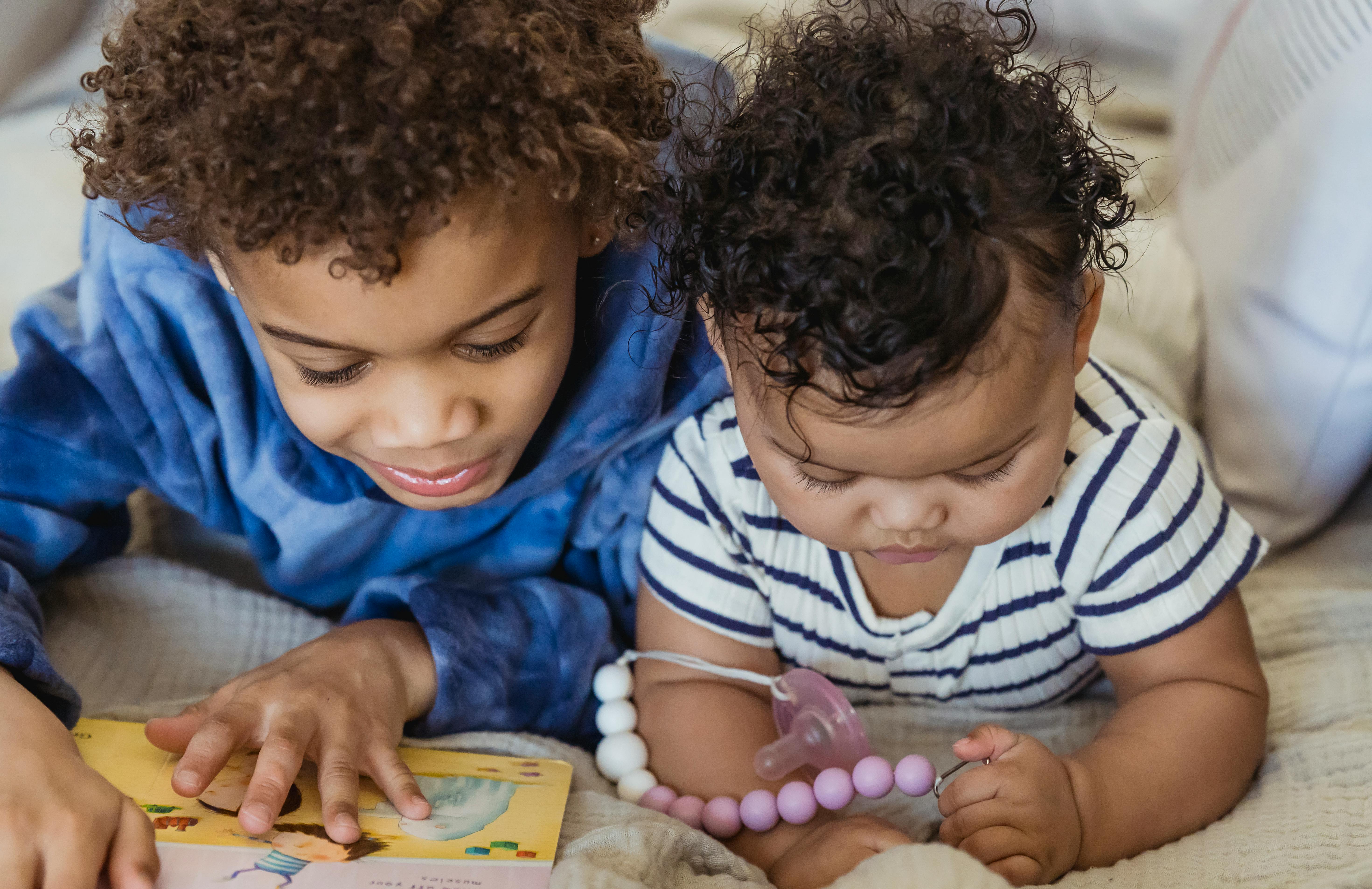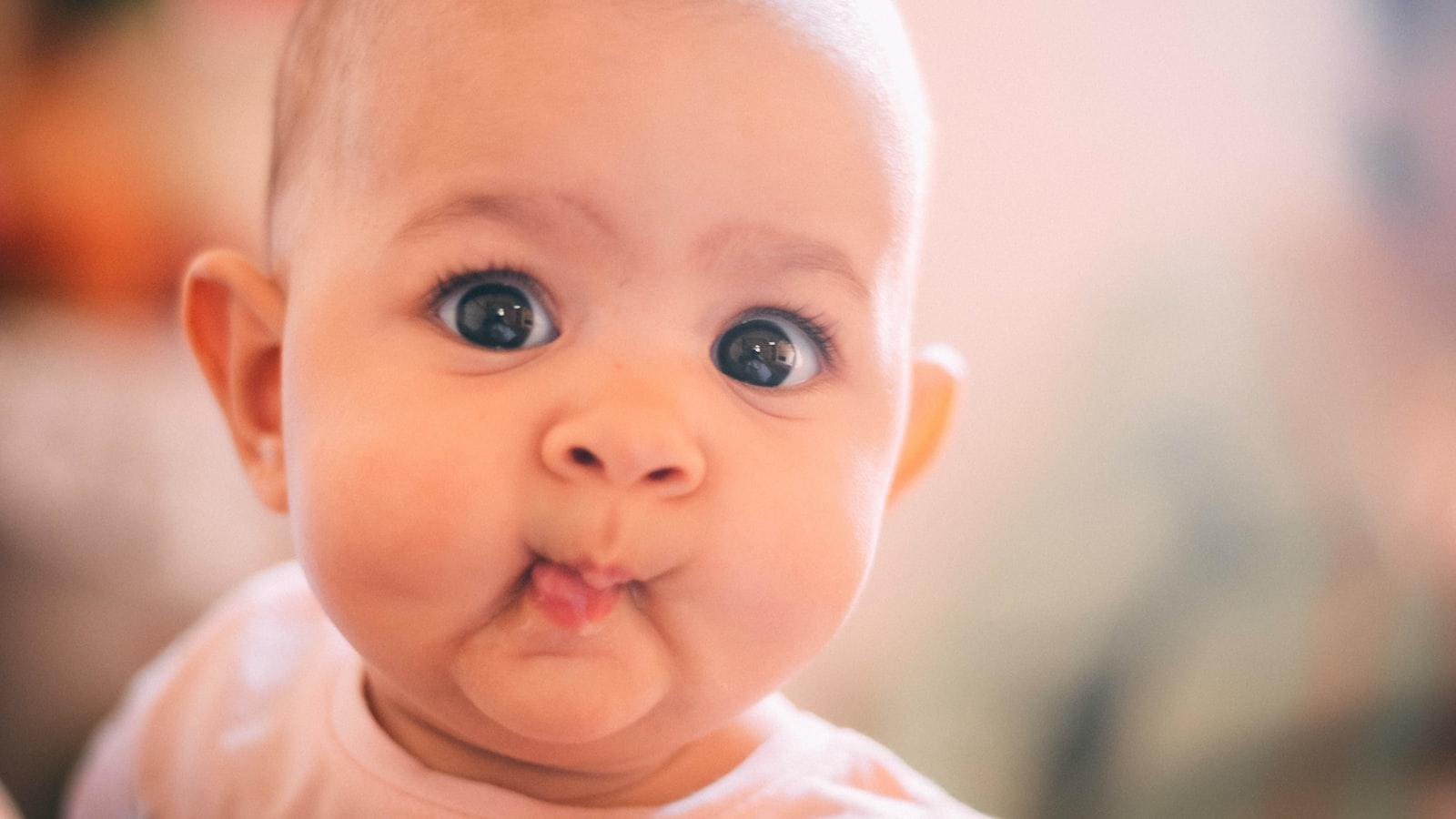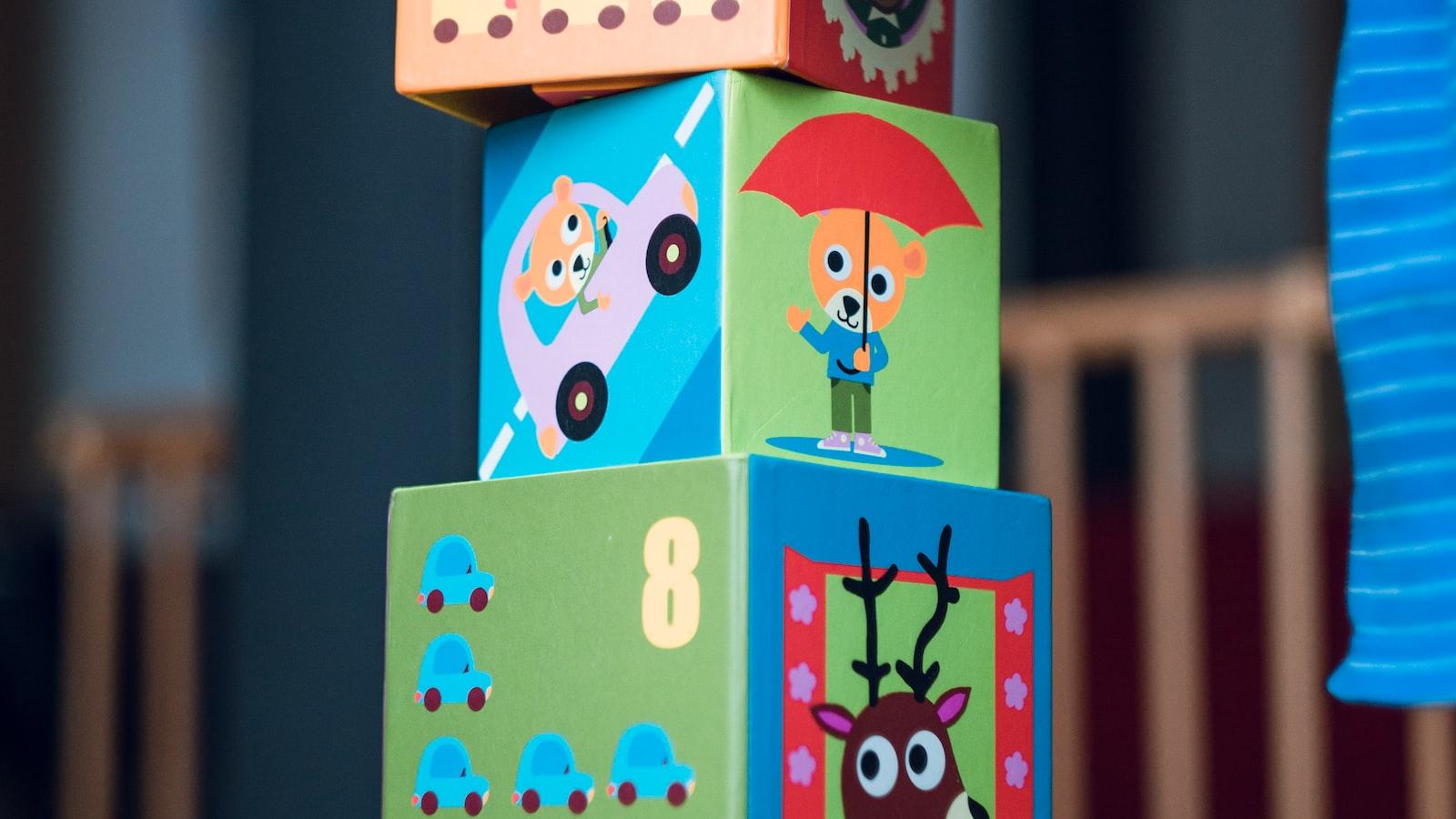Signs that Indicate Your Baby Is Ready for a Pacifier
When it comes to pacifiers, most babies take to them naturally and quickly. However, many parents are unsure when their baby is ready to start using a pacifier. Knowing the signs that indicate your baby is ready for a pacifier can help you make the decision of whether or not to introduce one.
One of the most common signs that your baby is ready for a pacifier is if they are constantly sucking their thumb or fingers. This indicates an oral need that can be fulfilled by introducing a pacifier. Other signs include fussing and crying more than usual, as well as not sleeping or eating well. If your baby is showing any of these signs, then it may be time to consider introducing a pacifier into their routine.
Another sign that your baby may be ready for a pacifier is if they enjoy being held close and comforted with your voice or touch. If this is the case, then introducing a pacifier can help provide them with the additional comfort they are seeking and will help soothe them back to sleep if they wake up in the middle of the night.
Finally, if your baby has reached an age where they are able to grab objects, they may be ready to start using a pacifier. At this point, it’s important to ensure that you use one with handles so it’s easy for them to grab and hold onto as this will make it easier for them to learn how to use it effectively.
Overall, there are many signs that indicate when your baby is ready for a pacifier such as sucking on their thumb or fingers, fussing and crying more than usual, enjoying being held close and comforted with touch and sound, and being able to grab objects at an appropriate age. Knowing these signs can help you decide when it’s time to introduce one into your baby’s routine
Do Not Force Your Baby
When trying to get a baby to use a pacifier, it is important to remember not to force your baby. Forcing the pacifier can cause distress and frustration for the baby, which can make them even less likely to accept it. It is also important not to pressure your baby or make them feel bad if they do not want to use a pacifier. This will only create a negative association with the pacifier and make them even more resistant.
Do Not Introduce Pacifier Too Late
It is also important not to introduce the pacifier too late in the development of your baby. A baby should be introduced to a pacifier as soon as possible, usually within the first few days or weeks of life. Introducing it too late may lead to difficulties in getting your child accustomed to using one, as it may be harder for them to learn how to suckle on something other than their mother’s breast or bottle-feeding nipples.
Don’t Switch Pacifiers
Another mistake parents often make when trying to get their baby used to using a pacifier is switching between different types of pacifiers too often. If you find that one type of pacifier isn’t working for your child, try another one before giving up altogether. However, it’s important not to introduce too many different kinds at once, as this can become confusing for your child and make it harder for them to adjust.
Do Not Leave Pacifiers in Baby’s Mouth Unattended
Finally, it is important not to leave the pacifiers in your child’s mouth unattended for extended periods of time. Doing so can increase the risk of choking or suffocation and should be avoided at all costs. Additionally, you should avoid putting anything on the end of the pacifier that can come off and cause choking hazards.
How To Make Taking a Pacifier More Comfortable for Your Baby
It can be difficult for babies to adjust to the feeling of a pacifier in their mouths. Fortunately, there are some things parents can do to make taking a pacifier more comfortable for their little ones. Here are some tips to help make the transition easier:
Choose the Right Pacifier: The first step in making taking a pacifier more comfortable for your baby is to choose one that fits properly and is made from soft, non-toxic materials. There are many different types of pacifiers on the market, so it’s important to do your research and pick one that best suits your baby’s needs.
Introduce the Pacifier Slowly: When introducing your baby to a pacifier, it’s best to do it gradually. Start by placing the pacifier near your baby’s mouth without actually putting it in their mouth. Once your baby is used to the feel of the pacifier on their skin, you can then start putting it in their mouth for brief periods of time.
Make Sure It Fits Properly: It’s important that you make sure the pacifier fits properly in your baby’s mouth. If it’s too big or too small, it may cause discomfort or even pain. Many brands offer two different sizes – one for babies up to six months old and one for babies over six months old – so make sure you buy one that fits properly.
Be Patient: It can take time for babies to get used to taking a pacifier, so be patient and don’t give up if your baby resists at first. You may have to try several times before they eventually become comfortable with taking one.
Encourage Sucking: Encouraging sucking can help make taking a pacifier more comfortable for your baby. You can do this by offering them something like their thumb or a cloth before introducing them to a pacifier. This helps create an association between sucking and comfort.
By following these tips, you can help make taking a pacifier more comfortable for your little one. With patience and persistence, you should be able to get them used to using one with ease!

What Types of Pacifiers Are Best For Babies?
Choosing the right pacifier for your baby can make all the difference in terms of their comfort and safety. There are a few key factors to consider when selecting the perfect pacifier for your little one. The most important thing is to make sure it is designed for babies and made from materials that are safe for baby’s delicate skin. The best pacifiers for babies are typically made of medical-grade silicone or latex, both of which are safe, durable materials. It’s also important to look for a pacifier that has ventilation holes, as this will help prevent saliva from collecting in the mouthpiece and causing a breeding ground for bacteria. Additionally, you should choose a shape that is comfortable and secure in your baby’s mouth; orthodontic pacifiers have been designed with this in mind. The size of the nipple should also be taken into consideration; if it’s too large or small, it can cause discomfort or even damage to your baby’s developing teeth and jaw. Finally, you should look for a model that is BPA-free and comes with an easy-to-clean design. With so many different types of pacifiers available on the market today, it can be overwhelming to find the right one for your baby. However, by taking into account all these factors, you can be sure to find a safe and comfortable option that will meet your little one’s needs.
Offering the Pacifier to Your Baby
Giving your baby a pacifier can be a great way to help them soothe and self-regulate in times of distress. However, there are different ways to offer the pacifier that may be more successful for your baby. Here are a few different options that can be helpful when introducing the pacifier:
One way to offer the pacifier is through verbal cues. This means talking in soft, comforting tones and slowly inserting the pacifier into your baby’s mouth. You can also stroke their cheek or forehead as you do so to help them feel secure and relaxed.
Another approach is to place the pacifier directly between your baby’s lips. This technique requires patience and practice, but with some gentle guidance you can help your baby learn how to take it into their mouth on their own.
You can also try offering the pacifier while they are nursing or bottle feeding. This method can be particularly helpful for babies who are breastfed as it allows them to self-soothe while still getting the nourishment they need from nursing or bottle feeding.
Finally, if your baby is having trouble adjusting to taking a pacifier, you can try wrapping it up in a piece of cloth or a small blanket before offering it. This may provide some extra comfort for your little one as they become accustomed to using the pacifier.
No matter which method you choose, offering your baby a pacifier is an easy way to provide them with comfort and security during times of distress. With a bit of patience and practice, you can find the best approach for both you and your little one!
Pacifier Rejection
Using a pacifier can be a great way to help soothe a baby and calm them down when they are feeling fussy. However, sometimes babies may reject the pacifier. This can be frustrating and confusing for parents, as they may not know why their baby is refusing the pacifier. There are several possible reasons why a baby might reject the pacifier.
One reason why a baby may reject the pacifier is because of its shape and texture. If the pacifier is an unfamiliar shape or has an uncomfortable texture, the baby may be less likely to accept it in their mouth. Additionally, some babies may have difficulty latching on to the nipple of the pacifier due to its size or shape.
Another reason why a baby might reject the pacifier is if it has been used for too long without being replaced. Pacifiers should be regularly replaced to ensure that they are not harboring any bacteria that could potentially harm a baby’s health. If a baby has been using an old or dirty pacifier, they may become resistant to using it again due to its unpleasant taste or smell.
It is also possible that a baby will reject the pacifier if they have reached an age where they no longer need it for comfort or soothing. As babies grow older, they often become more independent and self-sufficient, and no longer require the extra comfort provided by sucking on a pacifier.
Finally, some babies simply do not take well to having something in their mouth, even if it is something as innocuous as a pacifier. These babies may just be opposed to having anything in their mouths at all at this point in time, regardless of what it is or why it is there.
In conclusion, there can be many reasons why your baby might reject the pacifier. If your little one does not seem interested in taking one on their own accord, then there could be any number of explanations as to why this might be happening. It’s important to keep trying different types and sizes of pacifiers until you find one that fits your child’s needs and preferences best!

Conclusion
Introducing a pacifier to your baby can be a difficult process, but with patience and understanding it can be done. As a parent, you need to remember to stay calm, reassure your baby, and show them that you understand how they feel. Start slow and experiment with different pacifiers until you find one that is comfortable for both of you. Offer the pacifier when your baby is relaxed and allow them to take as much time as they need. Be prepared for the possibility of failure; if the pacifier doesn’t work out, don’t worry, try again another day.
When introducing a pacifier to your baby it’s important to be patient and understanding. It may take some time before your baby starts using one regularly but don’t give up! With a little bit of persistence and experimentation, you should eventually find the perfect solution for both of you.




